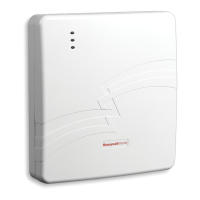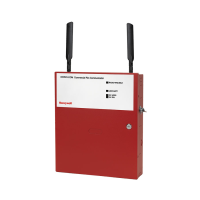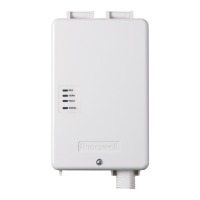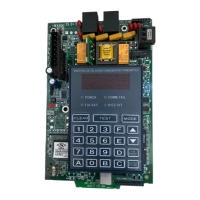N
KHF 1050 SYSTEM INSTALLATION MANUAL
Page 2012
Revison 2 23-10-09 Apr/2006
5.B.(5)(j) Shorted Tranline or Towel Bar Antenna Mounting Location
(refer to “Figure 2008 - Typical Shorted Tranline or Towel Bar Antenna” )
Grounded transline (transmission line), often referred to as “towel bar”
antennas because their shape resembles a towel bar, are best suited for
helicopter applications. They can be attached parallel to the tailboom and
fed on the forward end. These antennas provide minimum drag but suffer
from poor efficiencies, especially at low frequencies.
Loss with this type of antenna can be minimized by observing the following
criteria:
• Space the antenna as far off the airframe as possible. 18 inches (0.46
m) is preferred, with spacing of 9 inches (23 cm) or more being required.
• The antenna diameter should be a minimum of 1 inch (2.54 cm) and
constructed out of a highly conductive material. Copper or aluminum is
generally used, with silver plating being recommended. Stainless steel
should be avoided due to its high resistance. This antenna should be a
continuous piece (non-spliced) and should be well bonded at both ends.
• A minimum antenna length of 12 feet (3.7 m) should be used. The
feedline coax length should be limited to 12 inches (30 cm).
• It is preferable to attach the antenna to a protruding surface, such as a
tail boom or a stabilizer element. Attaching to a wide section of the
fuselage will generally give poor performance.
Figure 2008 - Typical Shorted Tranline or Towel Bar Antenna
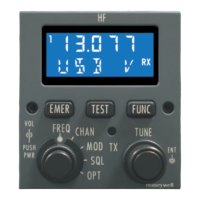
